(QBĐT) - Nhat Le estuary was the scene of fierce battles during the Trinh-Nguyen division, famous throughout history.
The first battle at Nhat Le estuary took place in the third lunar month of the year Dinh Mao (1627). When Trinh Trang led King Le away, he used the pretext of inspecting the area but instead sent the navy and army to attack. Trinh's general Trinh Khai set up camp north of Nhat Le estuary. Lord Nguyen Phuc Nguyen appointed Ton That Ve as Commander, and Civil Official Nguyen Huu Dat as war supervisor, leading the infantry to resist. At the same time, he ordered his son Nguyen Phuc Trung to command the navy to support. The vanguard of Trinh's army, Le Khue, brought the cavalry to attack, forcing Nguyen's army to retreat to the fields south of Nhat Le river.
That night, Lord Nguyen's navy took advantage of the rising tide to fire at Nguyen Khai's palace, causing the Trinh army to be frightened and in chaos. But when Trinh Trang attacked, the army was so strong that Lord Nguyen's army could not fight back and had to retreat. The Trinh army took advantage of the victory to fight and plunder the treasures. Lord Nguyen's army was forced to use elephants to attack and block the way, causing the Trinh army to be defeated and many people to die. At this time, Lord Nguyen's general Nguyen Huu Dat immediately discussed with Truong Phuc Da and sent spies to spread rumors that: On the Trinh army, there were brothers Trinh Gia and Trinh Nhac plotting a rebellion. Trinh Trang heard the news and became suspicious, so he immediately withdrew his army.
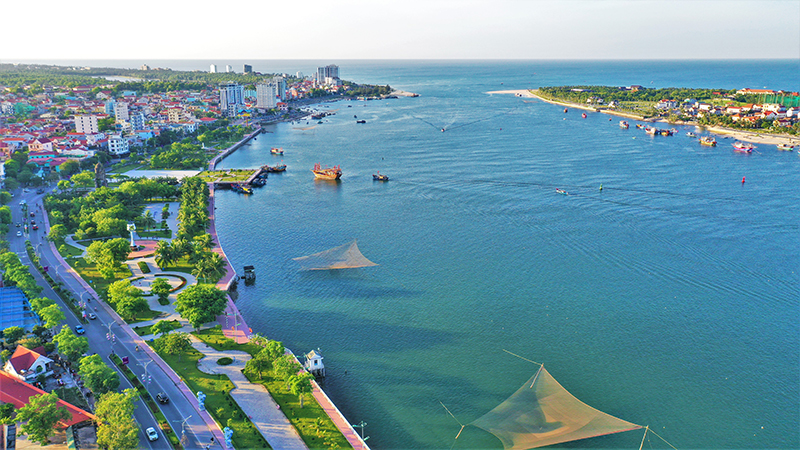 |
In the winter, the 12th lunar month of the year Quy Dau (1633), Trinh Trang led the Le king and commanded a large army of land and water straight to Nhat Le seaport. Hearing the news, Lord Nguyen Phuc Nguyen ordered General Nguyen My Thang and Commander Nguyen Huu Dat to lead troops to resist. The governor Nguyen Phuc Kieu asked to plant wooden stakes to block the seaport. The cause of this battle was that Nguyen Phuc Anh - the third prince of Lord Nguyen was appointed as the governor of Quang Nam , but his dissolute nature, only knew how to enjoy life and plotted rebellion, so he was not respected by Lord Nguyen and became dissatisfied. After that, Phuc Anh immediately wrote a letter, secretly sent someone to Thang Long to ask to surrender to Dang Ngoai and was accepted by Lord Trinh Trang. The two agreed on the right date and time to "respond internally and externally" to bring troops to Nhat Le seaport to ambush Lord Nguyen's army, from there advancing to Phu Xuan to capture Lord Nguyen alive.
When the Trinh army entered, they immediately fired their guns as a signal, but did not see Nguyen Phuc Anh's army coming to support them. Because he suspected the Nguyen lord's plot, Trinh Trang immediately ordered his troops to retreat from the ramparts to wait. After more than a week of waiting, the Trinh army's morale gradually declined, the army was discouraged and therefore unprepared. At this time, the Nguyen lord's army suddenly rushed out and attacked strongly, the Trinh army was like a broken beehive. Seeing this, the Trinh army immediately fled, some were killed, some trampled on each other and more than half died.
In February of the year of Quy Mui (1643), Trinh Trang of the Le dynasty ordered Thai Bao Trinh Tac and Trinh De to lead a large army, Thi Lang Nguyen Quang Minh, Tu Khanh Pham Cong Tru and Nguyen Danh Tho as Military Advisors to attack and capture Nam Bo Chinh district. The Nguyen lord's army led by General Bui Cong Thang tried their best to fight but could not hold on and was killed. Afterwards, the Trinh army captured Nhat Le gate.
In February of the year Mau Ty (1648), the Trinh navy continued to attack Nhat Le estuary. The Nguyen lord's army, General Hoanh Le, who was stationed there, resisted but was defeated and immediately fled, having to ask for help from the garrison commander Nguyen Phuc Kieu. Kieu ordered General Nguyen Trieu Van to bring warships to the rescue. Nguyen Trieu Van did not attack but only docked his ships at Hac Hai lagoon. Thanks to the advantage in force, the Trinh army advanced close to Quang Binh citadel , then advanced to set up camp at Vo Xa. The garrison commander of Bo Chinh, Truong Phuc Phan, and his son Truong Phuc Hung, steadfastly held Truong Duc citadel. The Trinh army used all their strength to fight but still could not capture it.
Lord Nguyen Phuc Lan heard the news and immediately ordered Crown Prince Dung, Le Hau, to command the palaces, namely Nguyen Phuc Tan, to command the palace Ton That Loc, the former garrison commander of Tong Huu Dia, and to command the army Nguyen Huu Dat to lead the infantry, and General Nguyen Trieu Van to lead the navy, dividing the army to Quang Binh to support. Lord Nguyen personally led the army, but when he was on the way, his health was not good, so he ordered Crown Prince Nguyen Phuc Tan to replace him. Nguyen Phuc Tan immediately ordered Nguyen Trieu Phuong to replace Nguyen Trieu Van and lead the navy to lie in wait on the left side of Cam La River. At night, he ordered Commander Nguyen Huu Tien to bring 100 male elephants, and at the beginning of the fifth watch, he went straight to the Trinh army's palace to attack. Nguyen Phuc Tan urged the troops to follow.
At that time, the Trinh army was complacent and did not care about defense. They were suddenly counterattacked by the Nguyen army and forced to flee. The Nguyen army advanced and defeated them wherever they went. When the Trinh army fled to the North, they encountered the Nguyen navy on the Nhat Le River, and many Trinh generals jumped into the river and drowned. The Nguyen army captured three Trinh generals and 30,000 remaining troops. Trinh Dao, who was at the Nam Bo Chinh garrison, heard the news and was frightened, so he abandoned his troops and fled. The Crown Prince urged the army to chase them to the Gianh River and then returned. The victory of this battle was evaluated as "Since the division of the North and the South, the armies of the two regions have alternately won and lost, but there has never been a greater victory than this one. It is truly a first-class martial art" [1].
The turning point battle, considered as “The Battle of All Battles”, took place at Nhat Le estuary between the Trinh and Nguyen dynasties in June of the year Nham Ty (1672). At that time, Lord Trinh Tac, along with hundreds of thousands of navy and army troops, hundreds of warships, and led King Le Gia Tong to attack Lord Nguyen. Lord Trinh Tac appointed Trinh Can as the Commander-in-Chief of the navy, Le Thoi Hien as the Commander-in-Chief of the army, leading 100,000 troops, and divided the army to advance together. Trinh Tac led King Le and more than 100,000 soldiers to support behind.
In July, in the South, hearing that King Le and Lord Trinh were leading a large army to attack the South, Lord Nguyen Phuc Tan mobilized 200,000 naval and land troops ready to fight. Lord Nguyen appointed his trusted prince Nguyen Phuc Hiep as the commander-in-chief, and ordered generals Nguyen Huu Dat, Nguyen Trieu Tin and Tham Tuong Tai Le to bring warships to Nhat Le sea and Truong Sa citadel to fight the enemy.
When the Nguyen Dynasty's army arrived at Tan Thang Palace in Quang Binh, the generals met to discuss how to deploy troops. General Tai Le was assigned to bring warships to plant wooden stakes to block the Nhat Le seaport. Trieu Tin deployed troops to the ramparts along the Nhat Le River, and Huu Dat guarded the Truong Sa rampart on the right bank of the Nhat Le River.
In September, Nguyen Trieu Tin set up a rampart to deal with the Trinh army. He divided his troops to attack but failed, so he brought the residents of the surrounding area into Dong Hoi rampart to defend. The Trinh army was stationed from Chinh Thuy to Son Dau, from Phu Xa to Tran Ninh, and built a rampart from Son Dau to the coast, and deployed 1,000 warships at Gianh River and Nhat Le estuary to support the infantry. The Trinh army attacked Tran Ninh rampart very vigorously. This rampart and Truong Sa rampart on the right bank of Nhat Le River were supervised by Nguyen Huu Dat. The Trinh army repeatedly destroyed part of the rampart, but Nguyen Huu Dat promptly ordered his soldiers to build planks as fences and use bamboo baskets filled with soil to patch up the broken parts of the rampart. The Trinh army tried every way to attack, but once the rampart was firmly established, it could not be destroyed.
Meanwhile, at the seaport, Trinh general Tham Doc Thang brought more than 300 warships and tens of thousands of soldiers from the seaport to enter, wanting to choose Tran Ninh river port to block the reinforcements of the Nguyen lord's army. Immediately, Cai Co Kien Le of the Nguyen dynasty took advantage of the darkness to advance straight to Sa Chuy fort, built a sandbank, placed large guns, and waited for Tham Doc Thang's boat to arrive to fire. At the same time, Tham Tuong Tai Le was ordered to bring warships to Nhat Le port, fighting from top to bottom. The Trinh army's navy was ambushed by Kien Le, while at Tran Ninh, Nguyen Huu Dat came to the rescue, so the Trinh army's infantry could do nothing.
In December, Trinh Tac saw that he had been fighting at Nhat Le and Tran Ninh for several months without winning, while the climate of the area where he was stationed was humid and cold, making it difficult for soldiers to stay for long. He and King Le withdrew their troops to Phu Lo, ordered Le Thoi Hien to stay and guard Chinh Thuy fort, divided his troops to station at important roads in Bac Bo Chinh district, and strictly defended, using Gianh River as the border. After many months of fierce fighting with a series of battles between the army and navy, the Trinh dynasty still could not defeat Lord Nguyen.
The fratricidal war lasted for nearly 50 years, and Lord Trinh was unable to advance into Dang Trong. He had to return to the North and use Gianh River to divide the two regions. From here, the dark days in the history of civil war of the nation ended.
Nhat Linh
[1] National History Institute of Nguyen Dynasty, Dai Nam Thuc Luc , volume 1, Hanoi Publishing House, Hanoi, 2022, p.58.
Source: https://www.baoquangbinh.vn/van-hoa/202410/nhung-tran-chien-lich-su-o-cua-bien-nhat-le-thoi-trinh-nguyen-phan-tranh-2221836/


![[Photo] Journalists moved to tears at the Memorial Service for the soldiers who died in Gac Ma](https://vphoto.vietnam.vn/thumb/1200x675/vietnam/resource/IMAGE/2025/5/30/9454613a55c54c16bf8c0efa51883456)
![[Photo] National Conference "100 years of Vietnamese Revolutionary Press accompanying the glorious cause of the Party and the nation"](https://vphoto.vietnam.vn/thumb/1200x675/vietnam/resource/IMAGE/2025/5/30/1cf6cd5c8a934ebfa347028dcb08358c)


![[Photo] General Secretary To Lam receives Chief of the Central Office of the Lao People's Revolutionary Party](https://vphoto.vietnam.vn/thumb/1200x675/vietnam/resource/IMAGE/2025/5/30/140435f4b39d4599a3d17975dfb444c5)
![[Photo] A delegation of 100 journalists from the Vietnam Journalists Association visits the soldiers and people of Truong Sa island district.](https://vphoto.vietnam.vn/thumb/1200x675/vietnam/resource/IMAGE/2025/5/30/0984a986227d4e988177f560d2e1563e)




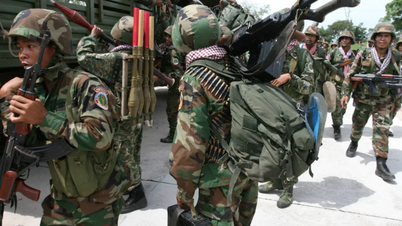



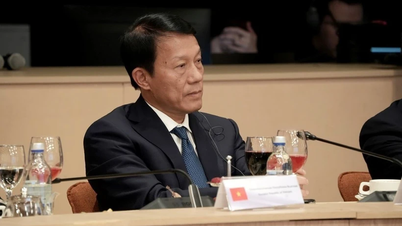





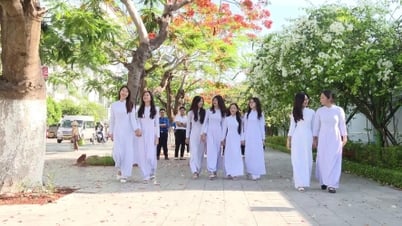

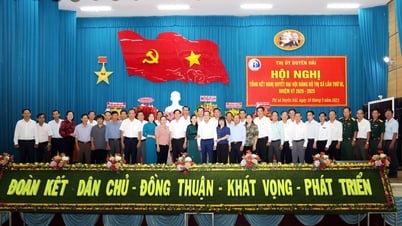
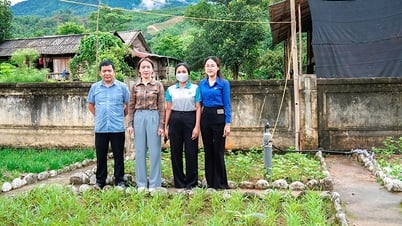




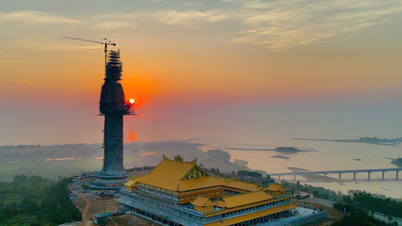


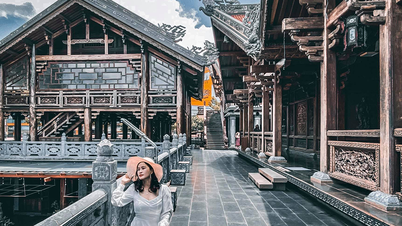




































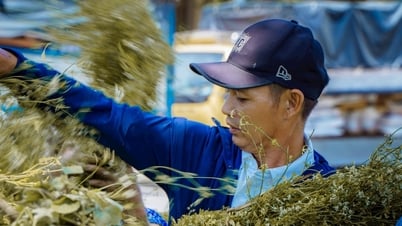


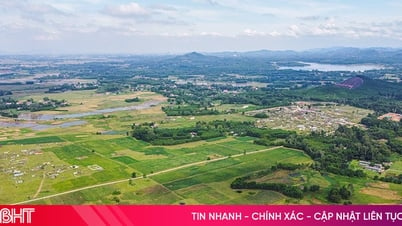















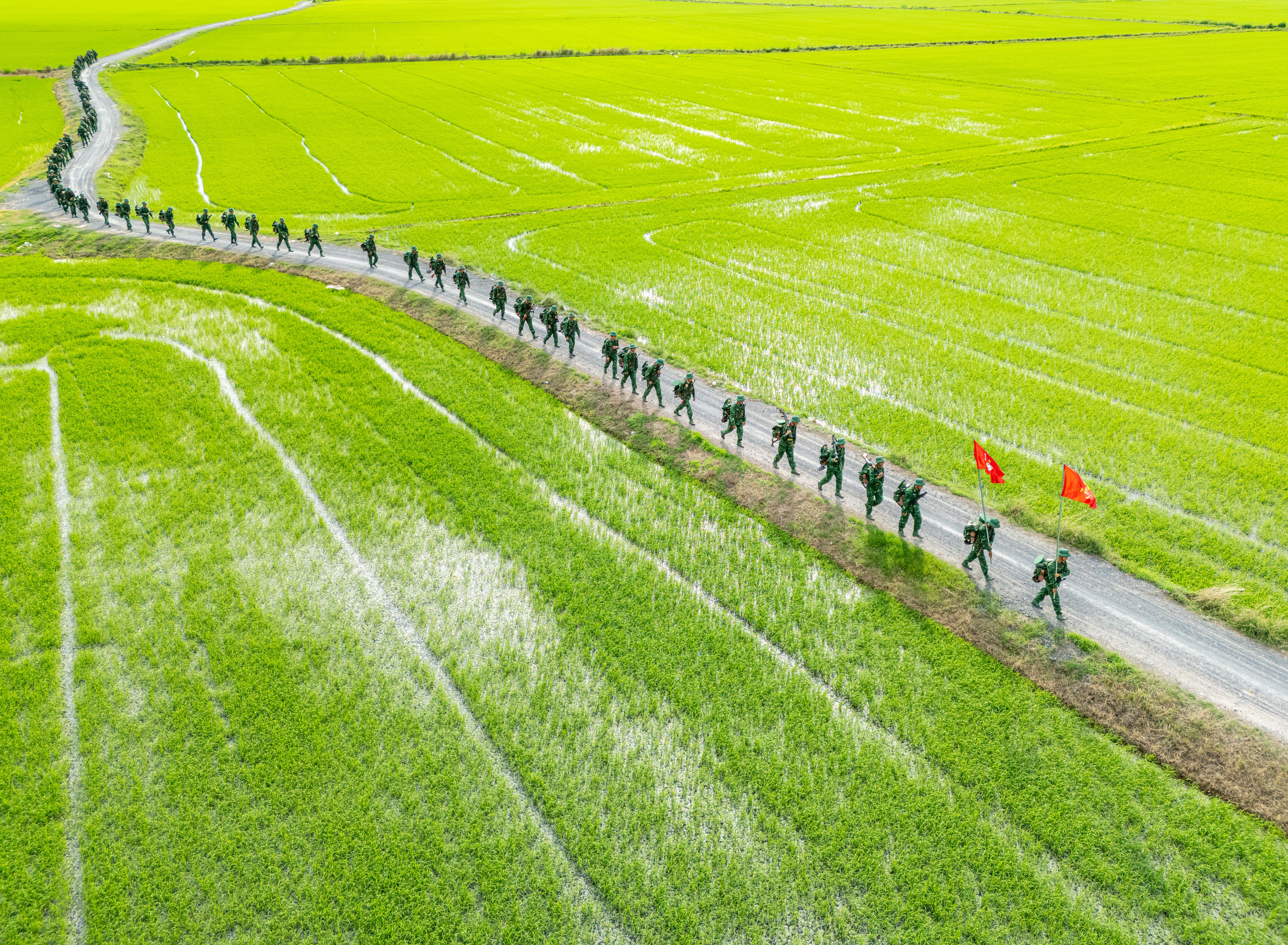



Comment (0)